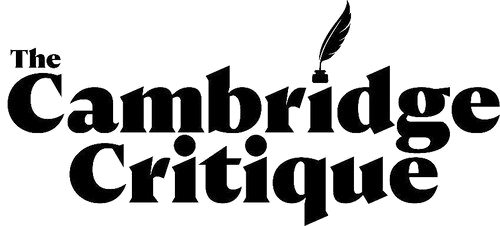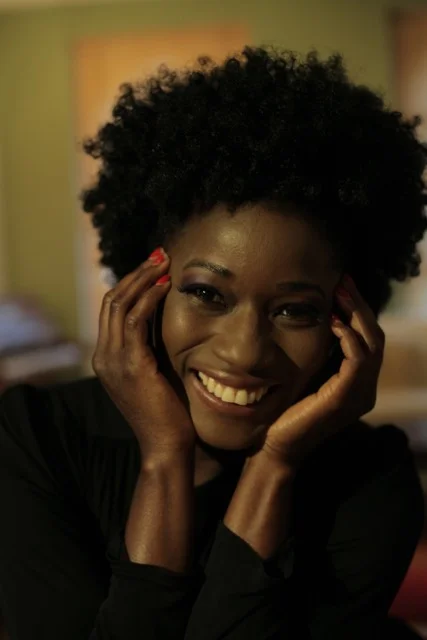VIRGINIA WOOLF AT THE FITZWILLIAM MUSEUM
Laura Knight ‘Dark Pool’ courtesy of the Laing Gallery
What is the woman in the painting up to? Is she breathing in the sharp sea air and loving the freedom of a solitary stroll on the Cornish cliffs? Or is something darker going on? Is she about to take a desperate turn? Is she defiant or fragile- or both? It is a key picture in a show full of significant illustrations of the life and times of Virginia Woolf. Her intellectual stand against the assumptions of the day was brave and strong minded: where women scientists in Cambridge were not allowed in the same laboratory as men but had to have their own, where women however brilliant and hard working could not even take a degree,. But she was also racked with depression and felt unequipped for the demands of her own life, taking it ultimately at a tragically early stage. Crowded into the exhibition at the Fitzwilliam are portraits of life around Virginia Woolf, the interiors where too many women found themselves too long – or rooms where they could as her famous book asserts, find their own true creative selves. Each exhibit is full of ambiguity.
Dora Carrington ‘Spanish Landscape’
In 1928 Virginia Woolf was asked to give two lectures about women and writing to women students at Cambridge. She talked about the way men write about women, whether it matters if you are a man or a woman when you write, was women’s writing inherently different from men’s and in fact are women essentially the same as men in the way they think – and write? Questions still asked today. She threw in some teasing thoughts, “Has any man or woman written about relations between women?’ “Don’t blush” she prompted her all-female audience ‘ ‘It happens’ In 1929 she bundled the two texts into a book called “A Room of one’s Own’. It became a manifesto for women’s creativity. Given to the Museum by her husband, only months after Virginia Woolf’s death it marks the centre point of this super-stimulating exhibition. All around this core is re-created the artistic milieu of Virginia Woolf, her friends, her family – and imaginatively her successors up to the present day.
Gwen Raverat, Mountain Scenery
The world of women in the first half of the twentieth century is artistically interpreted in this superb exhibition. Virginia Woolf, whose life of writing explored society and perceptions in such inventive prose, is key. Using her now celebrated ‘stream of consciousness’ technique she described the inner thoughts of the women in her world. Mostly middle class and privileged members of an educated élite like Virginia herself they nevertheless confronted a patriarchal system where men and their ideas dominated. Virginia’s father Sir Leslie Stephen was a successful celebrity of his day - but her friend Lytton Strachey author of Eminent Victorians, an irreverent study of that generation condemned them in a letter to Virginia as ‘ a bunch of mouth bungled hypocrites.’ The Bloomsbury Group, Strachey along with Virginia and her sister Vanessa and their artist and writer friends had a distinctly different take on society. Their era followed the Great War. When the conflict began women wore ankle length gowns, long swept-up hair and constricting corsets – it ended to greet a new era of knee length dresses with dropped waists, shingled boyish cuts and loose underclothes. Has there ever been such a revolution in women’s fashion in one short time span?
Vanessa Bell ‘Self Portrait’
Virginia Woolf dwelt in a different society from ours, hard to imagine today. And she inhabited a rare corner it – she recommended £500 a year for the independent woman who was to live in the room of her own in order to write- £30,000 in 2017. Yet despite the gulf of time between them, the contemporary artists exhibited here alongside Virginia’s friends and admirers are alike. They show versions of the same concerns and ask the self same questions as she did all those years ago in her bold relaxed and speculative book, the questions that concern us and should challenge us today.
Virginia Woolf: An exhibition inspired by her writings is at the Fitzwilliam Museum until Sunday 9 December 2018.










